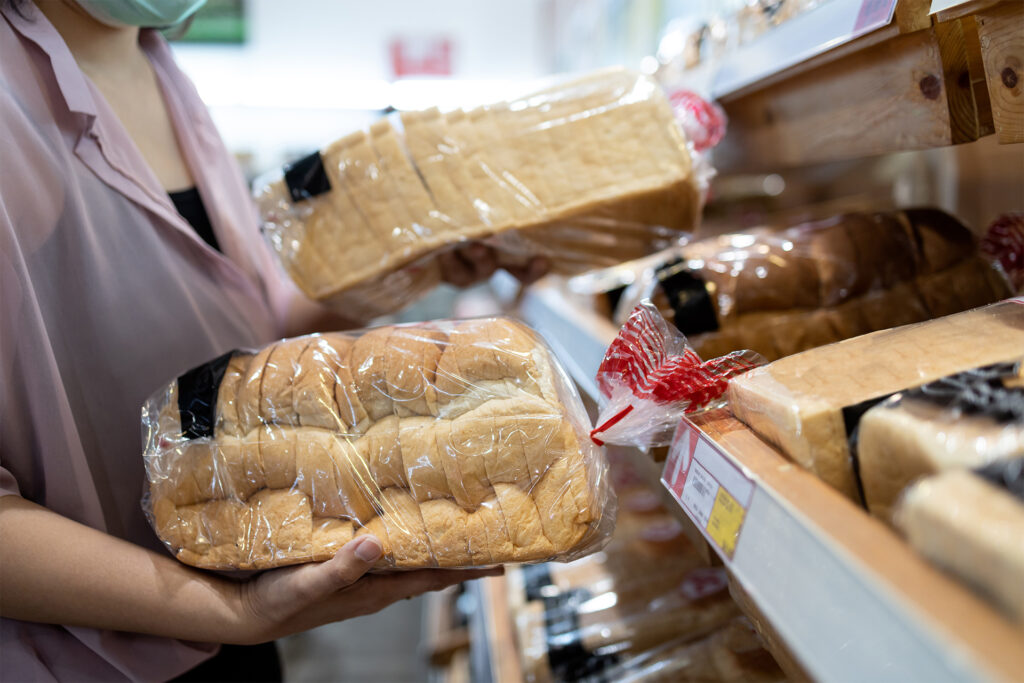KANSAS CITY, MO — To say that 2020 was a year many were happy to see end is an understatement. But amid all the chaos of COVID-19, the pandemic did prove to be a friend to retail sales of packaged food … and an unstoppable force in changing food trends. With more consumers accustom to convenience and cooking at home, retail food sales shot upwards while other economic sectors plummeted.
Tom Rees, industry manager, food and nutrition at Euromonitor broke down how the pandemic grew retail food sales and what “pandemic trends” are here to stay in a breakout session during the American Society of Baking’s virtual BakingTECH conference held Feb. 16-18.
2020 opened new avenues of growth in retail sales. Lockdowns and restrictions on dining meant eating at home exploded. Last year yielded a 4.6% increase in global retail sales of packaged food, ending at a grand total of $2.5 trillion. There was also a 6.1% increase in sales of staple foods.







